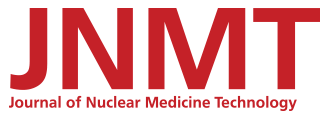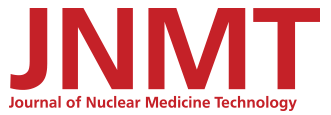Abstract
Objective: The purpose of this paper is to provide information on the technical issues that must be addressed when adapting radiopharmaceuticals for use in children and to review the criteria and formulas currently used to calculate pediatric radiopharmaceutical dosages.
Methods: We conducted a phone survey of the nation’s top medical facilities for pediatric care to find the criteria employed to establish radiopharmaceutical dosing guidelines for children. Technical pediatric dosing considerations were also obtained from the medical literature.
Results: The majority of institutions surveyed use body weight as the sole criteria in the determination of pediatric dose and empirically derive their minimum allowable activity limits. Adult dosages, established at 70 kg, are used as the maximum allowable activity limits.
Conclusions: Although the medical literature supports the use of body surface area as one of the most reliable methods of calculating pediatric radiopharmaceutical dose, the majority of top pediatric health care facilities prefer to use body weight as the only variable in the calculation of optimal pediatric dosage. Given the importance of issues that must be considered to ensure the radiation safety and the physical and mental comfort of the child, we believe that all pediatric radiopharmaceutical dosing guidelines and considerations warrant further attention.







